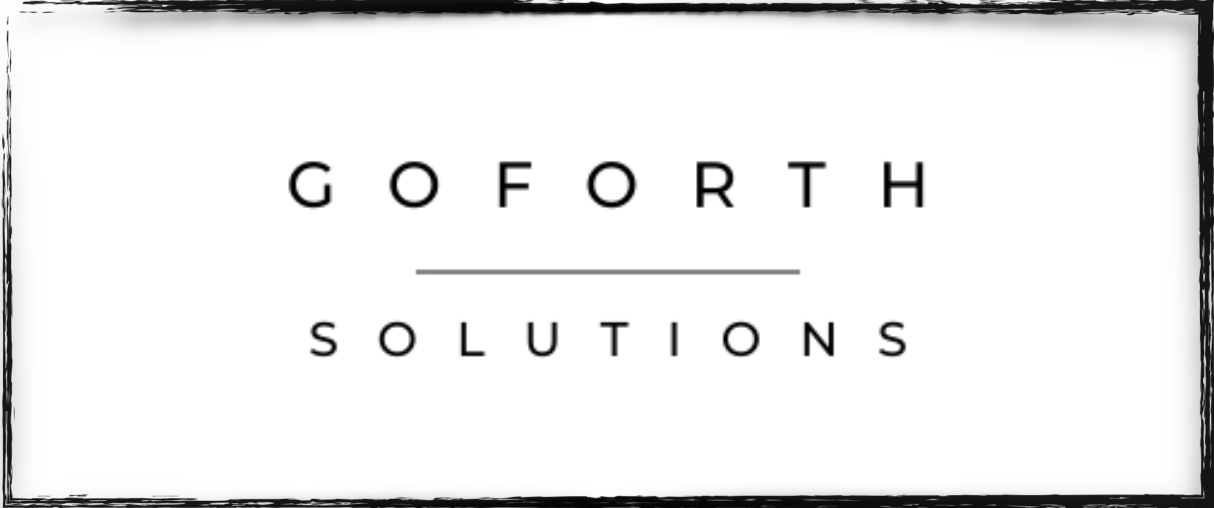Tuesday Tech Tools: 17 Organizers
/Need to get yourself organized? Here are some tools that will help.
Airtable
Manages projects and processes-weddings, movie shoots, companies, etc. Allows you to log entries in spreadsheets which can be turned into sets of data stored in the cloud. Some limitations you won’t find in tools like Trello. There’s a video explanation here.
Boomerang (formally Baydin)
Schedule Gmail or Outlook email for a later send date. Add-on for Firefox and Chrome. Free.
Buffer*
Popular social media scheduling service for posting to multiple sites at one time or later, including: Twitter, Facebook, LinkedIn, Pinterest and Google+. Provides analytics. Free, but $10 (and up) a month gives you unlimited scheduling so you can plan your content well ahead of time.
Evernote*
Access notes on any computer, tablet or phone. Search function lets you find a note in either text or audio format. Free for iOS and Android. For more options there is Evernote Plus $2.99 a month, while Premium is $5.80 per month.
Freshbooks
A cloud-based accounting app that helps you manage clients and projects, send invoices, and track time, expenses, and estimates right from your iPhone. Best for running a business in which you have specific projects for different clients that involve billable hours. The first three clients are free; then $20 for up to 25 clients or $30 for unlimited clients per month.
Meetways
Find a halfway point between two locations. Great for setting up meetings between people.
Nozbe
Task management system. Organizes according to the context in which they are done (online, at the office, at home, etc.) . Designed with teams in mind-which could be as simple as sharing a shopping list. Available for most devices. Works with Google Calender. Monthly fee: $8 for a single user, $16 for a family, $40 for a team.
OmniOutliner
Mac program that keeps lists and organizes outlines. Low learning curve to create rich, multi-column, collapsible outlines in many styles. Add embedded notes, images, links, etc. $40 to buy the standard version, $70 for the pro model. An educational discount of $25 and $50 is available here.
Google Now
Tracks your online behavior and uses this data to predict the information that you will need, such as local traffic or weather updates.
PinBoard
Bookmark things you find in social media. One time $9.94 cost.
Podio
Social work platform for basic project management tasks — calendar, contacts, activity stream — that helps teams collaborate and communicate. Both free and paid versions.
Process Street
Document, manage, and track your workflows and business processes. Records tasks in templates – lists which show what tasks to do and what order to do them in. A video explanation here.
Scrivener*
App that gives you a single place to dump all your ideas. Especially helpful for creating and managing complex writing projects: writing a novel, play, TV show, magazine feature, etc. Write in fragments and then shuffle scenes/chapters in a "bulletin board" mode.. throw in research notes, multimedia files, and character sketches. Allows you to slowly "grow” books, scripts, and articles. Easy to convert the document to an e-book, web page, a PDF, or Word doc. Works with Mac and Windows. Free 30-use trial. $45 for the latest version. Many writers swear it's worth it. Doesn't work on iPads though.
Trello
Organizational tool that integrations with many other apps. Tasks or projects are stored in cards which are then arranged into columns.
TripIt
Organize all your travel plans into mobile itineraries.
Ulysses
Writing app for Mac. Uses plain text or Markdown for writing, but also includes notes, exporting, organization and more. $44.99.
WorkFlowy
Digital note taking app. Excellent design, but lacks due dates, reminders of upcoming deadlines and calendar view. Free version limits you to 500 lists or "items" per month. Pro accounts can be backed up to Dropbox. Individual pro accounts ($4.99 per month or $49 per year) and Team ($3.99 per month per user, or $39 per year per user, with a two user minimum) A short video introduction here.
Find more tools here.
